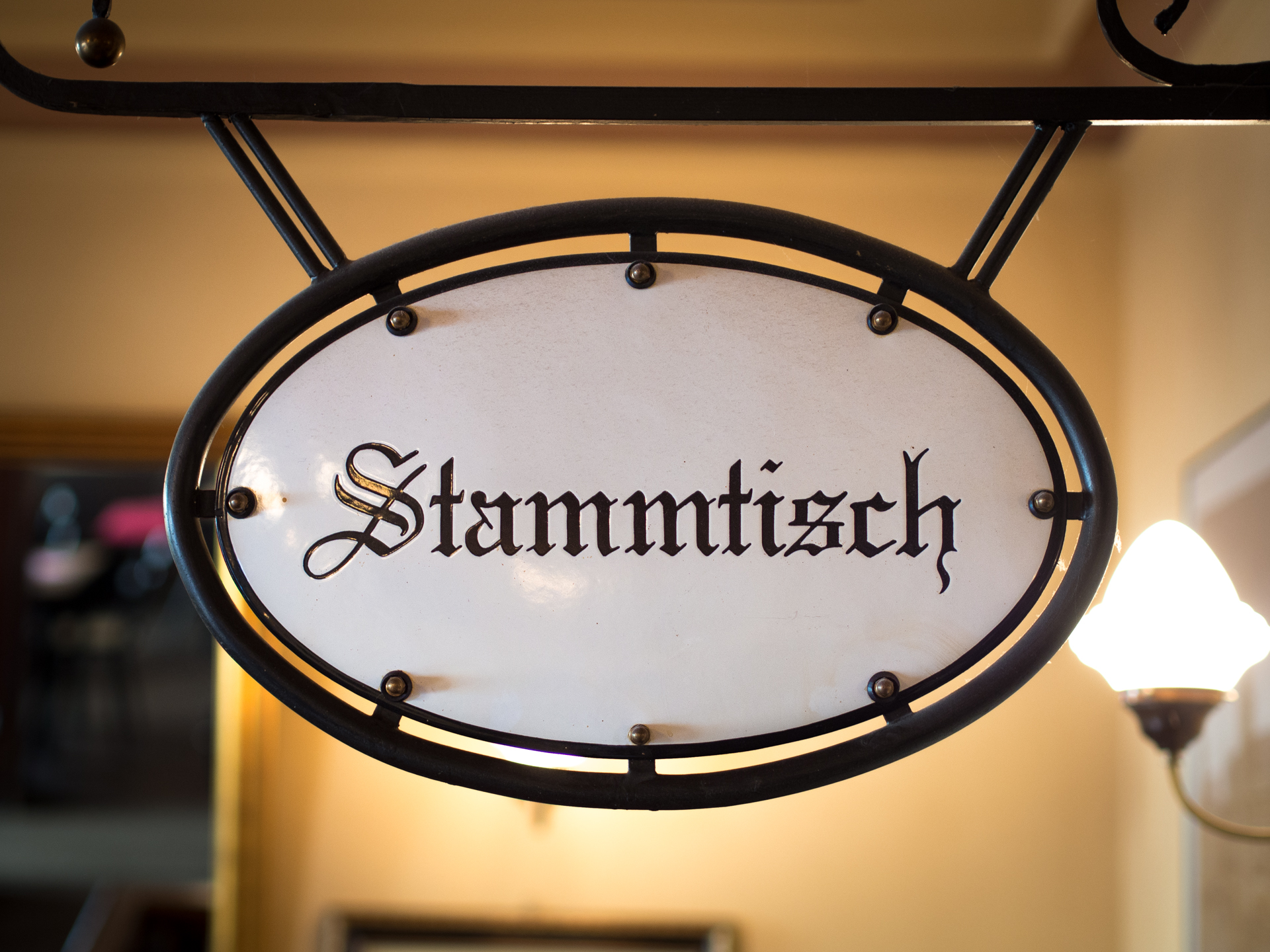Maybe when my students are working with this lesson, they can close their eyes for a second and imagine that they are sitting in a Kaffeehaus in Vienna and leaning slightly in one direction towards some people ordering their food and drinks. Maybe it'll help them to feel more confident when they then place their own order and ask their questions, because they will have heard others doing it first.
Unit Essential Question
How does language empower me?
Daily Learning Target: I can interpret conversations that others are having.
Alabama Course of Study Standards Addressed: Modern Language, Level III
1. Use the target language in oral form to exchange ideas and explain.
2. Interpret culturally authentic oral and written texts in the target language about familiar topics to determine main ideas and supporting details.
4. Analyze information learned about the perspectives and practices of a target culture to describe patterns of behavior typically associated with those cultures.
ACTFL Can-Do Statements:
Interpretive Listening: (Intermediate High)
I can easily understand straightforward interactions.
Before strategies:
Using page 29 from "Ins Kaffeehaus" book, read together the introductory paragraph that describes how a Kaffeehaus is a very popular breakfast destination and presents the terms "Wiener Frühstück" and "Erweitertes Wiener Frühstück". I think that this would be an excellent spot to hand out a copy of or view with a device the breakfast menu at Café Landtmann.
During strategy:
Hören: Ss listen to Hörbeispiel 04 on the CD that accompanies the "Ins Kaffeehaus" book and listen for what foods and/or beverages that are ordered by the customer.
Sprechen: Ss use the following prompts for discussion
Sprechen: Ss use the following prompts for discussion
- Wie sieht ein “typisches” Frühstück in den USA aus?
- Bei uns isst man zum Frühstück…..
- Bei uns trinkt man zum Frühstück….
- Was unbedingt dazugehört ist….
Hören: Ss listen to Hörbeispiel 05 and hear how the customer, who's from Hamburg, learns how to order his breakfast while in a Viennese Kaffeehaus! Ss can easily make notes of their conversation with a simple graphic organizer:
- In Wien sagt man...
- In Hamburg sagt man...
After strategy:
Nach dem Hören: Ss receive this as a handout:


It's page 134 from Baedecker's "Weltwissen." It's a cool cultural piece that illustrates how you just don't order a "Kaffee" when in a Kaffeehaus, as I experienced when visiting the Cafe Sperl for the first time in 2013.





